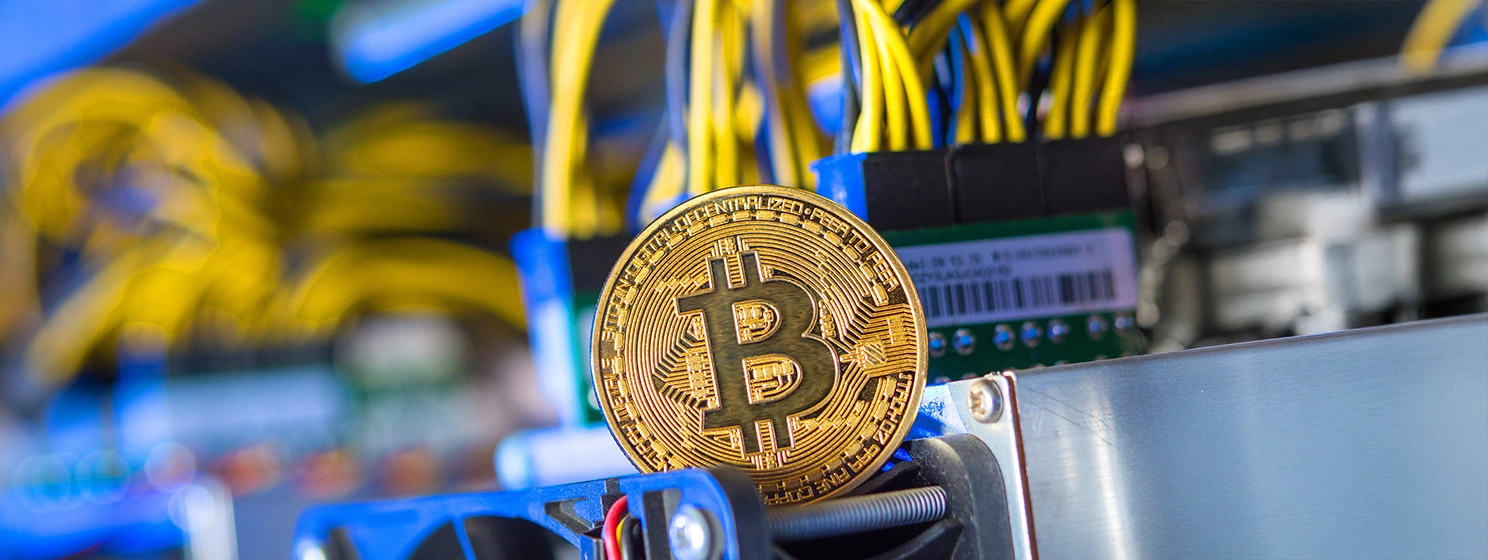|
Getting your Trinity Audio player ready...
|
Since artificial intelligence (AI) shot into the limelight, applications have largely been limited to humans, but researchers are uncovering new use cases for the technology revolving around environmental conservation and planetary health.
Officials from the Missouri Botanical Garden are turning to AI to digitize their collection of over 7 million plant specimens to strengthen conservation efforts. Some of the species are over 400 years old, and machine learning is significantly speeding up the digitization process.
Buoyed by the highs of bringing plant specimens online, officials of the Missouri Botanical Garden are keen on pushing the frontiers of emerging tech to include tree populations. Their attempts revolve around moving ecosystems to preserve specimens in the face of rapidly changing climate conditions.
While it is relatively easy to relocate animals and plants to new locations, trees are a different ball game as they require significant resources to succeed. Assisted migration for trees faces the challenge of grappling with several thousand variables at once, leaving researchers to proceed with a trial-and-error approach to their relocation.
With AI, the researchers say that assisted migration has a higher chance of success than ever before, given its ability to make informed predictions from a pool of variables. Apart from making predictions, the team at the botanical garden has leaned on AI to simulate the movement and evolution of plant species from over 20,000 years ago, laying the foundation for future preservation efforts.
“Once we have a handle on the past, we can have confidence about what will happen in the future,” said Adam Smith, an ecologist at the gardens.
The process of assisted migrations begins with labeling samples, but traditional labeling processes are fraught with several challenges. Seeds and other specimen samples may be handwritten, typed, or faded over the years, making digitization a herculean process.
However, officials say that AI’s functionalities appear to be tailor-made for botany, demonstrating the ability to scan and digitize several hundred samples in less than an hour. Rather than leaning entirely on AI, officials confirm that a human is still required to double-check errors and keep them minimal.
“There’s a lot of fear around AI taking jobs, and in our case at least, this is not at all a substitute for our staff,” said Smith. “It acts as a supplement to them – a tool they can use in their work.”
Emerging technologies and planetary health
As AI continues to grow, researchers are uncovering new use cases in planetary health, with the bulk of studies revolving around generative AI. Analysts, in collaboration with Big Data startups, are predicting a surge in the number of AI-based population detectors and early warning systems in the coming years.
Other researchers are experimenting with introducing blockchain technology in planetary help with use cases in health financing, mapping outbreaks and prospects in drug synthesis. Still in its infancy, one report noted that primary research into the emerging technology would allow the hypothesis to be stress tested.
In order for artificial intelligence (AI) to work right within the law and thrive in the face of growing challenges, it needs to integrate an enterprise blockchain system that ensures data input quality and ownership—allowing it to keep data safe while also guaranteeing the immutability of data. Check out CoinGeek’s coverage on this emerging tech to learn more why Enterprise blockchain will be the backbone of AI.
Watch: AI Forge masterclass: Why AI & blockchain are powerhouses of technology

 01-08-2026
01-08-2026 




